As a keen walker, I love to discover new hiking trails and was happy to head out from Bristol this week to try one of the walks in the South Wales Valleys, an area of Wales that’s new to me. The coal mining that The Valleys was once known for has now been replaced by heritage sites like Big Pit and the rolling green landscape of hills, valleys and forests is a playground for walkers and mountain-bikers.
Every September, there’s the Wales Valleys Walking Festival, offering lots of free guided walks, where you can book a place, turn up and have an enjoyable walk without worrying about getting lost. I was off to try the walk “In the footsteps of Glanffrwd”, named after a local 19th century historian, who wrote about this area, with stories of the people and landscape that makes this area so special.
This article may contain affiliate links that provide commission on purchases you make at no extra cost to you. As an Amazon Associate I earn from qualifying purchases.
The Wales Valleys Walking Festival
If you’d like to go walking in Wales but are not familiar with walks in the area of The Valleys, a walking festival is an ideal way to take a guided walk without having to do much planning. You just sign up for the free walk on a particular day (all the events are ticketed) and then let the guide lead you and explain some of the things you’ll see along the way.
The programme offers something for everyone, ranging from challenging all day treks to easy strolls and special interest walks. The walks are graded from moderate to strenuous, so that you can find one to suit your ability and they can be anything from a couple of hours, to a full day’s walking. If you’d like to try one of the walks yourself in September check out the different walks on offer and sign up on The Valleys website.
My walk at the festival – In the footsteps of Glanffrwd
A walk in St Gwynno’s forest
My walk began in the car park near the Brynffynnon Inn and St Gwynno’s Church where I met up with Jill, one of the walk leaders who had luckily stayed back for latecomers, as I had initially gone to the wrong car park. “Are you up for some ditch jumping?” Jill asked me, as we took a shortcut away from the track and dived into the forest to catch up with the rest of the group.
You may also enjoy: The Wye Valley – what to see, where to eat and stay on your picturesque Wye Tour
We were heading into St Gwynno’s forest which was planted after the Second World War and has now matured to become an important habitat for flora and fauna, as well as a popular area for walking and mountain-biking. We followed a path of sorts that only Jill could discern, weaving through the conifers mixed in with other moisture loving trees like larch and willow. Underfoot was a spongy carpet of needles with red toadstools springing through them and from time to time we had to jump the shallow streams fringed with ferns.
You may also enjoy: Roman Caerleon in South Wales – Roman baths, museum, amphitheatre and more!
History and heritage in the forest
As we walked, Jill told me snippets about the forest, about the larch trees that were used in the past to make water pipes since the wood doesn’t rot, or the jay’s feather fringed with blue that we picked up on the path. Jill’s father had been a miner and in this area where mining is such a large part of the area’s history, the coal mining stories are woven into the forest landscape.
Some of the local walking paths follow the line of the Taff Vale Railway that ran along the river, carrying coal until the 1940s from the drift mines scattered throughout this area. The levels in this area were shallow mines, where a tunnel could be made into the hillside to extract the coal, such as the one Jill told me about known as Starvo. During the 1930s after the general strike, the miners around the Rhondda Valley would come to dig coal for their families from an old mine, giving it that name since they were literally starving.
Be sure to read about the foodie town of Abergavenny, Wales – things to do, where to eat and stay
Walking to the waterfall – Pistyll Goleau
We caught up with the group of 15 walkers, led by mountain leader Wynford, another of the volunteers at the Daerwynno centre. It was a friendly group of mostly local walkers with a couple of dogs, many members of other walking groups and we had a good chat as we strolled along. Just off the track and down some wooden steps we reached the Pistyll Goleau waterfall, which in Welsh means Fountain of light.
I have to admit that I had no idea how to pronounce most of the Welsh names, although the locals were very forgiving! The Sych Nant stream that we had jumped over in the forest, flows here over a sheet of rock, to merge with another stream, the Nant Clydach. Although the waterfall we saw was a series of rivulets running down the rock into a shallow pool, after heavy rain it becomes a gushing torrent as the water flow increases.
Check out this guide to Big Pit and the Blaenavon Industrial Landscape in South Wales
The still waters of the Cwm Clydach Reservoir
Just a little beyond the waterfall we reached the Cwm Clydach Reservoir, the still water creating a mirror to reflect the forest trees growing right down to the edge. The reservoir was built in the 1890s to keep up with the growing population at nearby Mountain Ash and Ynsybwl, and although we were a little too early to see it, the larch and beech that overhang the water’s edge provide spectacular colour in autumn.
A refreshment stop at the Daerwynno Outdoor Centre
The volunteers leading our walk were from the Daerwynno Centre, an outdoor centre in the heart of the St Gwynno’s Forest, which was our next stop for some refreshments. The name Daerwynno translates as Gwynno’s field and the solid stone building with its cheerful green shutters had once been attached to a nearby farmhouse that was demolished in the 1950s. The building was probably used by a forester who lived on the upper floor, while livestock or hounds were kept on the ground level.
Now the centre can be booked for groups to try forest nature walks, climbing, kayaking and mountain biking. In the cosy living area we had our tea and Welsh cakes, while looking at the nature books to identify the red toadstools I’d seen, which turned out to be an inedible variety, aptly named Sickener. The water for the centre is fed from a spring “Fresh out of the mountain, lovely!” and nearby there’s a wildlife pond where the damsel fly was flitting in between the rushes. The volunteers like Jill and Wynford enjoy bringing the forest to life for the children who visit the centre, running Gruffalo walks, which the children love because “we all think we are forest trackers in our mind”.
Explore Tredegar Wales – in the footsteps of Aneurin Bevan, father of the NHS
The views over the South Wales Valleys
The forestry track continued up the hill to a high point where we could survey the forest and the valleys towards the town of Mountain Ash. These valleys straddled the huge coalfield that stretches across South Wales, although little remains of the mining industry that once thrived here except for heritage attractions like the Big Pit national coal museum at Blaenavon. Now it’s an area of green rolling hills and forests, that’s ideal for walkers and offers some of the best mountain biking trails in the UK, such as the Bike Park Wales near Merthyr Tydfil. Instead of coal mines we spotted a couple of windmills on the hill (locally known as George and Mildred) that supply power to their village, and a field of solar panels in the valley below.
A final stop at St Gwynno’s Church
The last stop of the walk was St Gwynno’s church, which was possibly founded by St Gwynno, since there’s been a site of Christian worship here since the 6th century. The interior of the church, which was opened specially for us, is simple bare stone with a 7th Century Celtic cross carved into the south wall. The church is surrounded by a graveyard with the grass overtaking the headstones and tombs, almost burying the graves of several significant local figures.
Within this churchyard lie local historian and poet William Thomas, who wrote under the pen name Glanffrwd (our walk was following in his footsteps) and also the legendary local runner Griffiths Morgan known as Guto Byth Bran. He died in 1737 aged only 37 after running the best race of his life, but after being congratulated by his sweetheart he collapsed and died. The Nos Galon run is held in his memory each New Years Eve from the church to Mountain Ash, with a mystery runner holding a torch to lead the way. As we left the church I heard one of our group murmur, “They tell stories, don’t they, the gravestones?”
As we passed the Brynffynnon Inn and continued down the hill, Wynford dived into the undergrowth to try and find the Holy Well, since the name Brynffynnon means “Well on the hill”. He found the stone surround of the well, but came back so scratched from brambles that I didn’t dare look for myself. Back at the car park, the whole walk had taken around 4 hours at a leisurely pace, with a refreshment stop at the Daerwynno outdoor centre, just the right length for a perfect weekend walk.
More info: This walk and many others start at the Man Cychwyn Forestry Commission car park just down the hill from Brynffynnon Inn and St Gwynno’s Church (this is a different car park to the one beside the pub) Grid Ref: ST 033 959 There is a small booklet of walks in the St Gwynno’s Forest at the Daerwynno Centre.
Where to stay in the South Wales Valleys
I stayed a night at Llechwen Hall Hotel, a pretty 3 star country hotel near Pontypridd, that makes an ideal base to try some of the area walks and see other things to do in South Wales. Llechwen Hall was originally a 17th century Welsh longhouse and the name in Welsh means “White Slate”, but it has also served as a school and a courtroom, complete with its own jailhouse, now being converted to bedrooms! The hotel has 20 rooms and is in the process of building a large hotel extension to one side that will take the total up to around 40 rooms.
My room was the lovely bridal suite that looked out over the lawns with views over the valleys, decorated in soft colours and classic style with a comfortable four poster bed. The other rooms I saw were similarly decorated in soft colours and the staff were extremely friendly and helpful.
The hotel hosts a lot of weddings in a separate wedding marquee to one side of the hotel, but it was far enough from the main hotel that I don’t think the weddings would impact other guests too much. I enjoyed a well priced and beautifully presented dinner from the Table d’Hôte set menu (£23.95) in the conservatory restaurant where breakfast is also served, again with very friendly service.
More info: Llechwen Hall Hotel Website| Rooms from around £70 to £130 per night depending on season
More Walks in South Wales
The whole of The Valleys area of South Wales is full of walks that you can try at any time of year even when the walking festival isn’t on. For more hiking trails in Wales, take a look at some of the Legendary Walks on The Valleys website with map trails and instructions that you can easily print out to guide you. In the area of Rhondda Cynon Taf you can find out more about their walking trails here.
Waterfall Country near Penderyn: One of the best known waterfalls between the valleys and Brecon is the Sgwd yr Eira waterfall which means “Falls of Snow”. You can only reach the waterfall on foot (the trail can be slippery) and it has a unique feature in that you can walk behind the curtain of water as it cascades over the limestone lip. Afterwards you can walk on to Penderyn for a nip of whisky at the Penderyn distillery.
Nye Bevan Walk: Nye Bevan was a trade union leader and Labour Party politician who was a champion of social justice in South Wales, and this walk takes you on the moors above Trefil quarry where he loved to walk. You can see the Chartist Cave where the Chartists came to plan their 1839 uprising in the struggle for democracy and the quarry that supplied limestone to the nearby iron furnaces of Ebbw Vale.
A Walk in the Sand dunes at Merthyr Mawr: This walk through the Merthyr Mawr National Nature Reserve takes you through giant sand dunes to discover a lost village buried under the sand. Cross the stepping stones in the river that lead to a ruined castle and see the pretty thatched cottages around the village green at Merthyr Mawr Village.
Dare Valley Country Park: There are a number of easy walking trails from Dare Valley Country Park, including routes that are suitable for buggies and wheelchair users, as well as a walk that takes you up onto the plateau, with views over the valley and countryside. Download a walking leaflet here
More things to do in South Wales
The Royal Mint Experience: Visit the scene of one of the UK’s oldest coin manufacturers, see thousands of coins being made and discover the history of The Royal Mint.
Caerphilly Castle: The biggest castle in Wales, with towers and turrets, surrounded by a defensive moat. Learn about the castle’s leaning tower, discover a medieval secret passage and visit the communal toilets to see how plumbing worked in the Middle Ages.
Big Pit National Coal Museum at Blaenafon: In its heyday the Big Pit coal mine employed 1,300 workers, now it’s the award winning National Coal Museum where you can go underground to see how the miners lived and worked. The interactive exhibitions bring to life the story of mining in Wales.
Bike Park Wales: The UK’s first full scale mountain bike park in the heart of the South Wales valleys, built by riders for riders, with colour coded trails for every ability. You can hire everything you need or bring your own mountain bikes and pay a day pass.
Plan your visit to walk in the South Wales Valleys
The Wales Valleys Walking Festival: information about the free guided walks and walking festival that runs throughout September with walks in South Wales.
Visit Rhondda Cynon Taf – more information on the walks and visitor attractions in the Rhondda Valley are surrounding area.
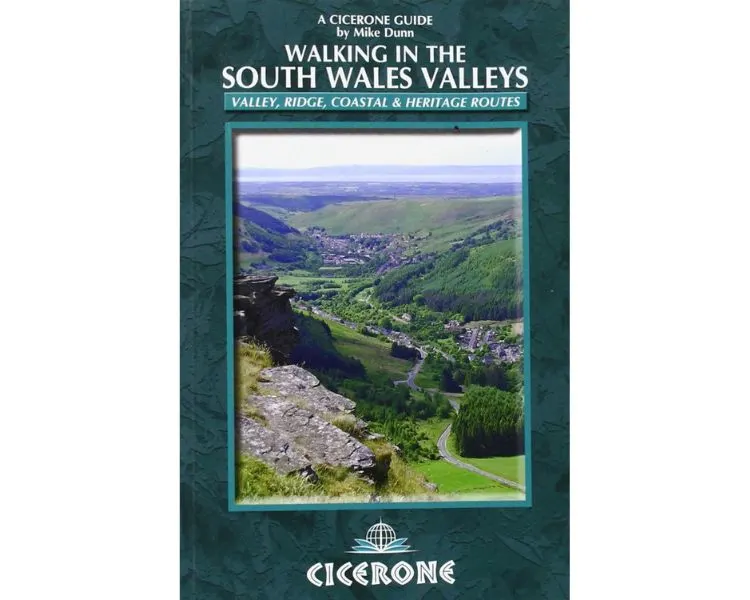
Need a guide book for the
South Wales Valleys? We recommend the Cicerone Walking in the South Wales Valleys
Visit Wales Website – more information on holidays in Wales.
Need a walking guide? We recommend the Cicerone Guide – Walking in the South Wales Valleys.
What to wear for hiking in Wales
“Sunshine is delicious, rain is refreshing, wind braces us up, snow is exhilarating; there is really no such thing as bad weather, only different kinds of good weather.” John Ruskin
While the beauty of the landscape and the companionship of your fellow walkers can be guaranteed, unfortunately the weather is not, so you’ll need to make sure you have the right gear – this is what I normally pack for walking in Wales.
- Walking boots – a good pair of hiking boots or trail shoes is a good idea although supportive trainers will also be fine for most of the walks. I like to have boots made of waterproof or breathable membrane such as Goretex, and I have boots with ankle support as well as hiking shoes that are cooler in warm weather. I recommend trying on lots of different pairs of boots in a specialist shop rather than ordering mail order unless you know the brand well. This way you can find a boot that suits your foot and is comfortable, and even then I would wear it around town before you go out on a long hike with new boots.
- Waterproof Jacket – there’s a reason that those hills are so green! Be sure to wear or at least pack a waterproof jacket with a hood that will fit comfortably over your clothes and keep you dry if it rains, but rolls up fairly small in your day sack when not in use.
- A Daysack – one that is light but structured and made of waterproof material. You’ll need room to carry water, snacks and extra clothing, perhaps a guide book.
- Clothing – If you aren’t a regular walker there’s no need to go mad buying special clothing. However quick drying walking trousers are better than heavy jeans and you should pack lightweight layers that you can add or remove depending on how hot or cold you feel.
- Walking poles – on more strenuous hill walks I like to use walking poles, as they are good for all round fitness, help to support your knees and legs and also keep your balance on steep slopes or rough terrain.
Pin It
Photo Credit: Sgwd Yr Eira Waterfall by Phil Dolby | Methyr Mawr by Nick Smith | Caerphilly Castle Photo Cadwr | Bike Park Wales
Thanks to The Valleys Tourism who sponsored* my visit to the Wales Valleys Walking Festival and to Llechwen Hall Hotel who hosted* my 1 night stay.
* More info on my policies page
This article is originally published at Heatheronhertravels.com

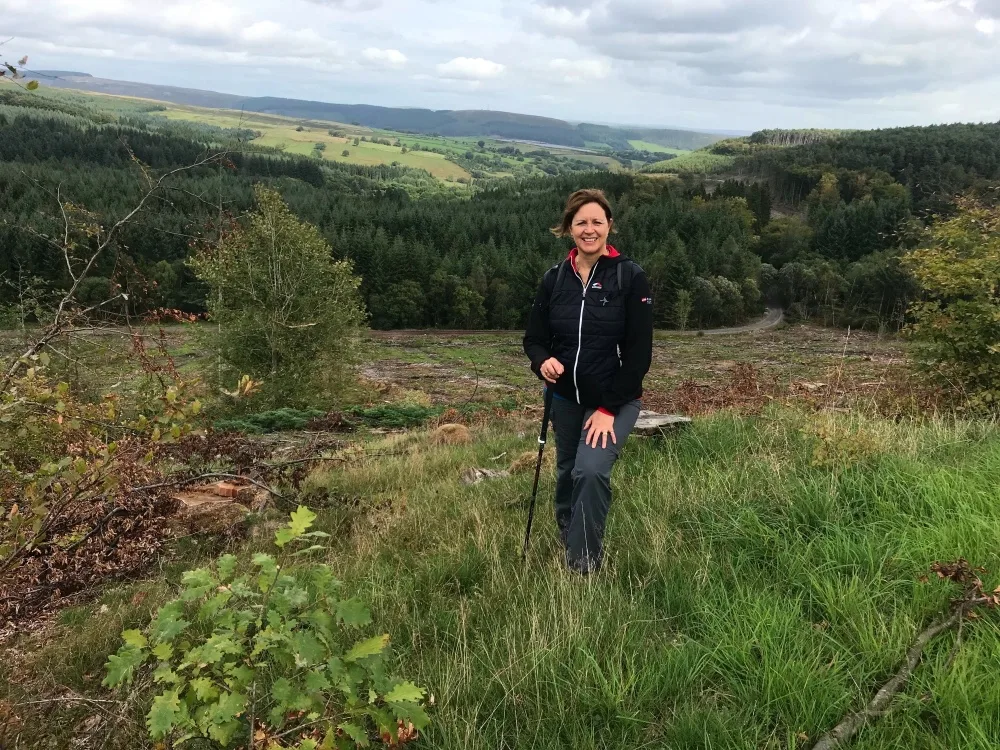
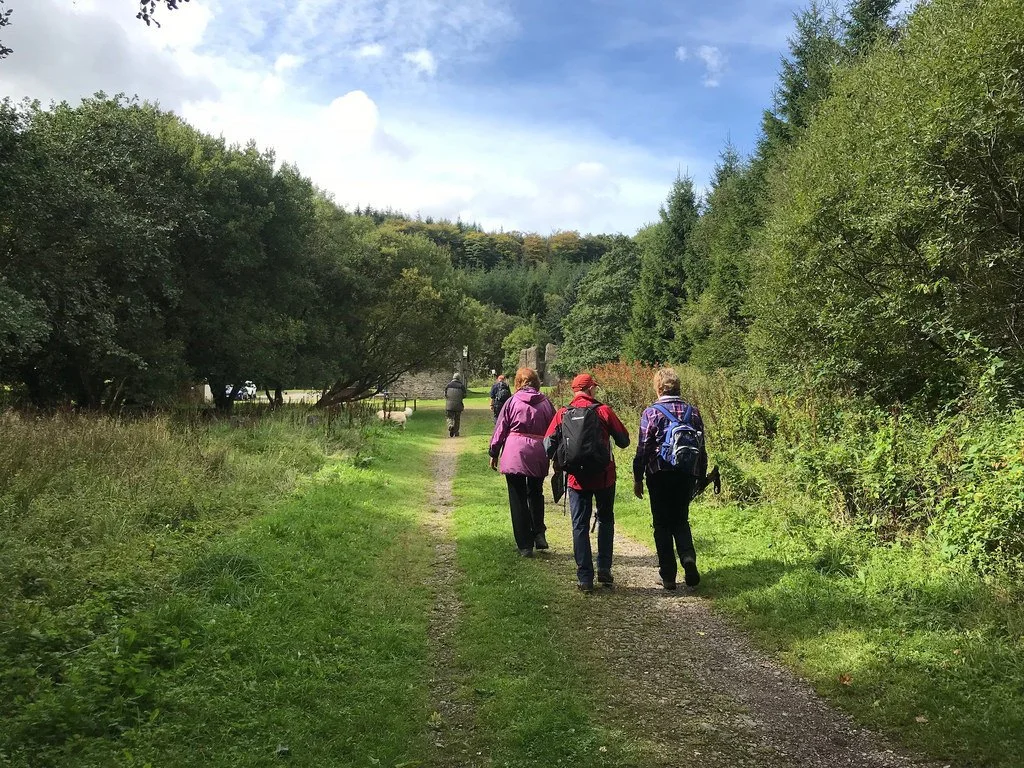
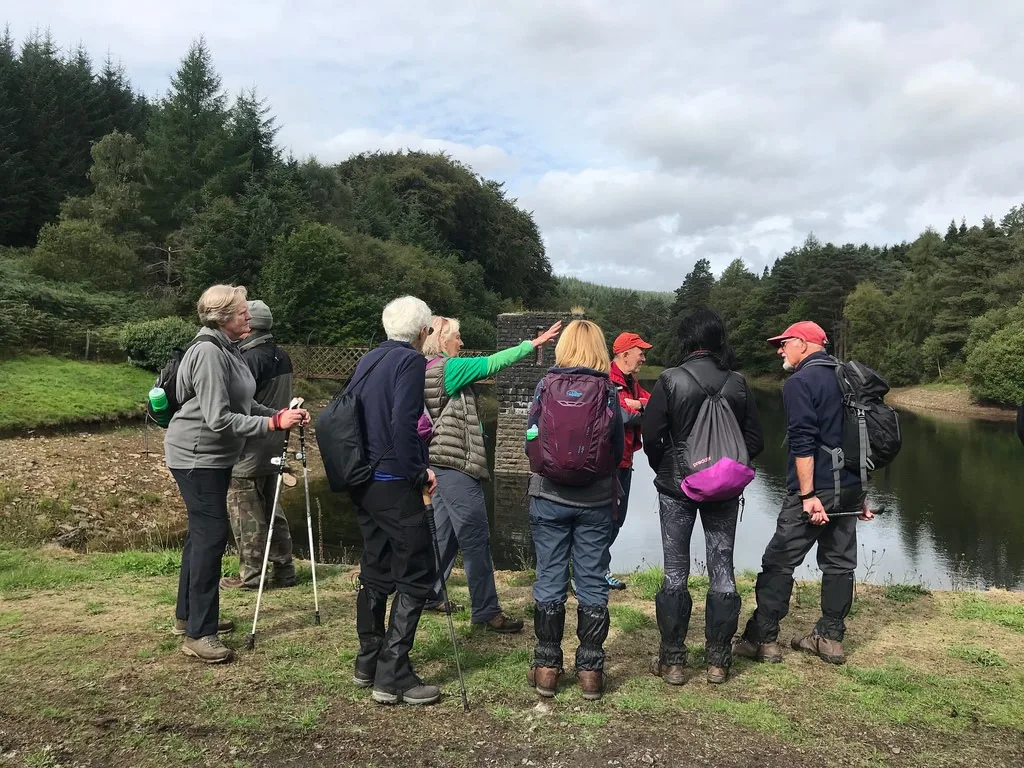
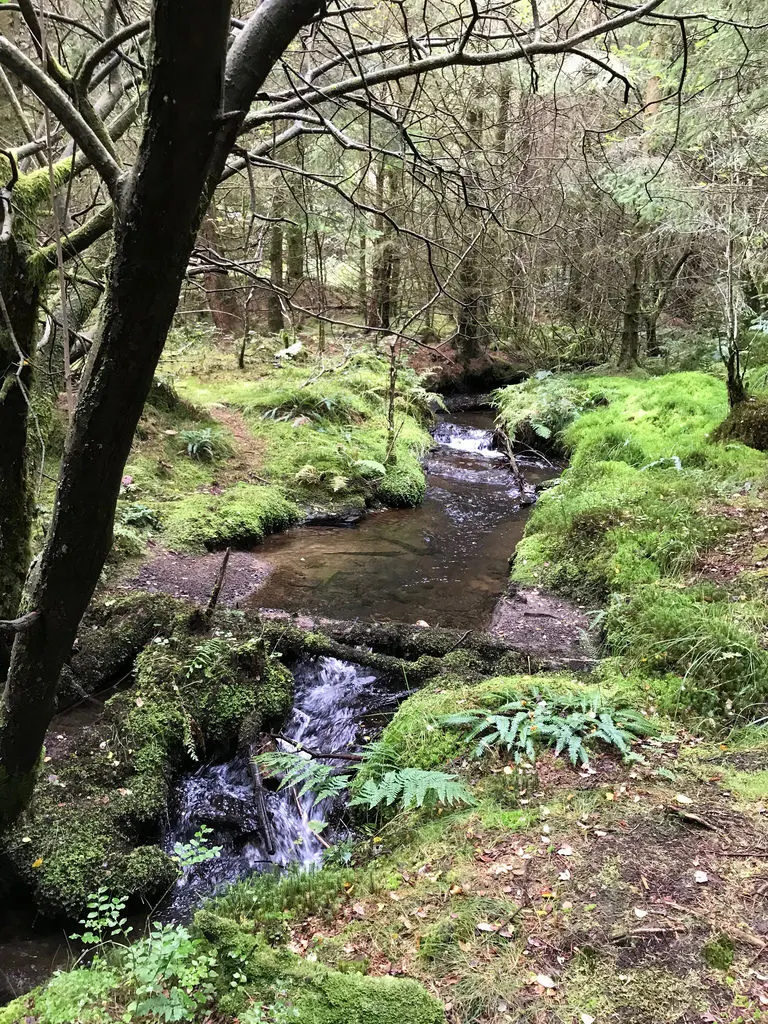
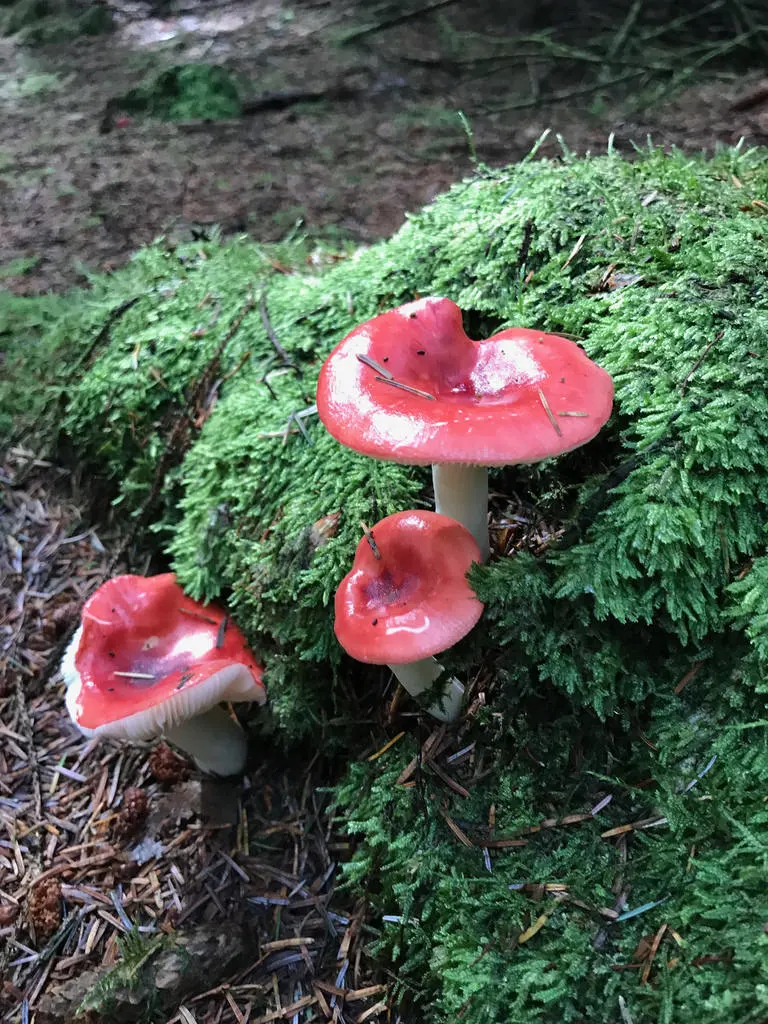
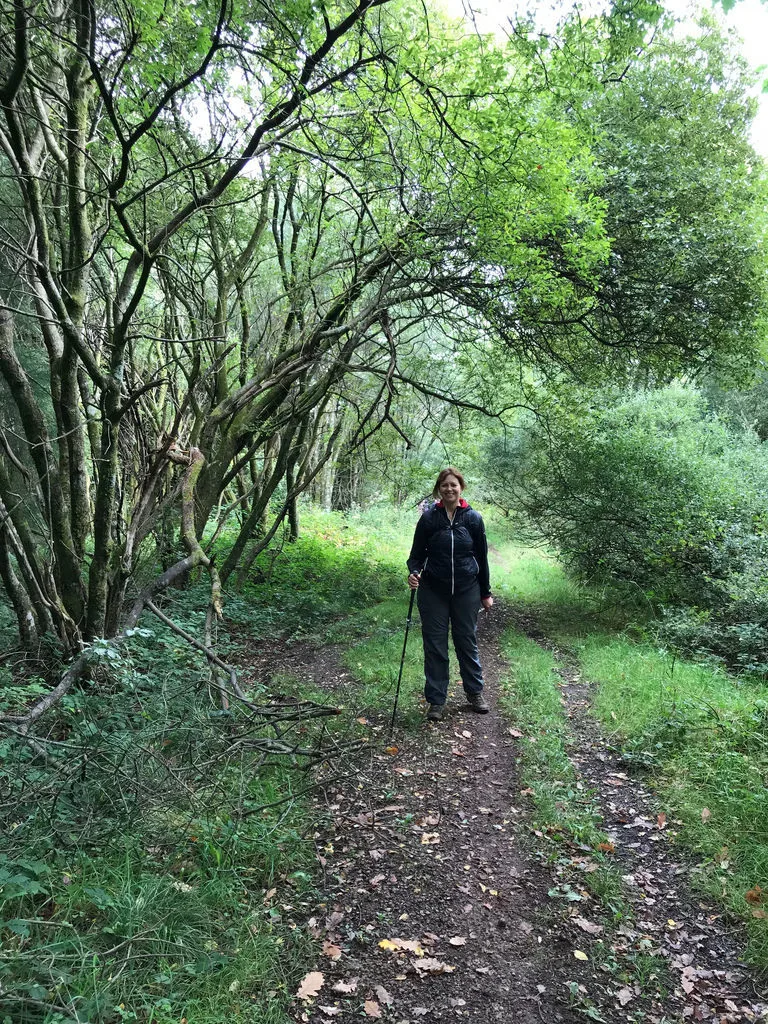
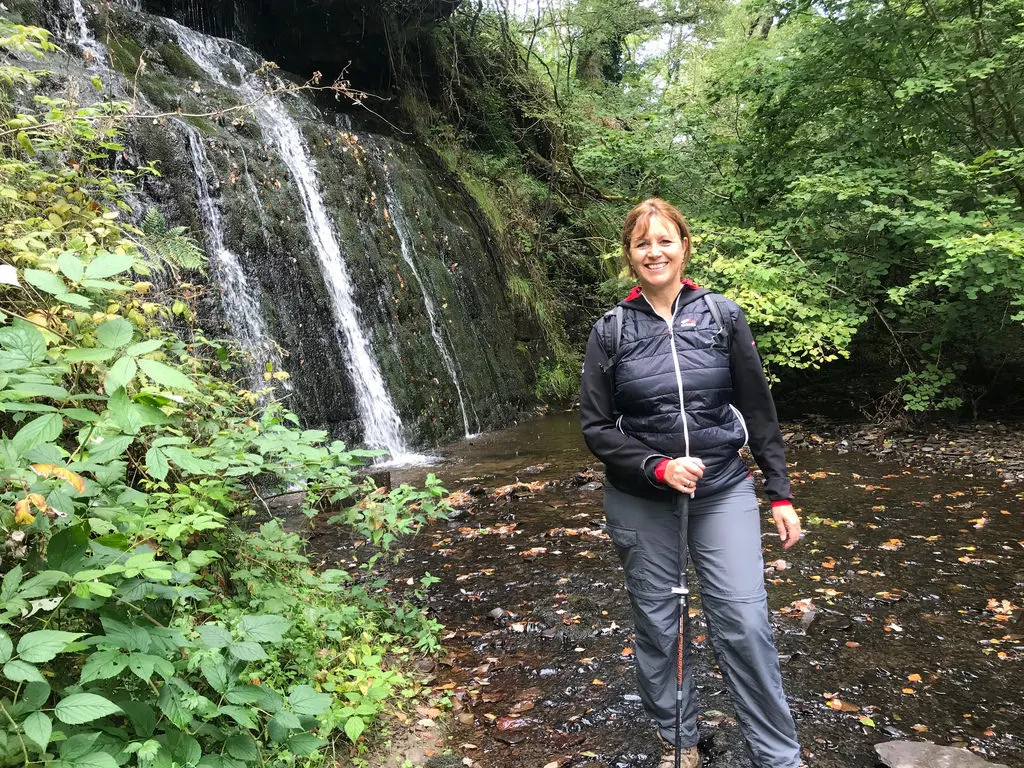
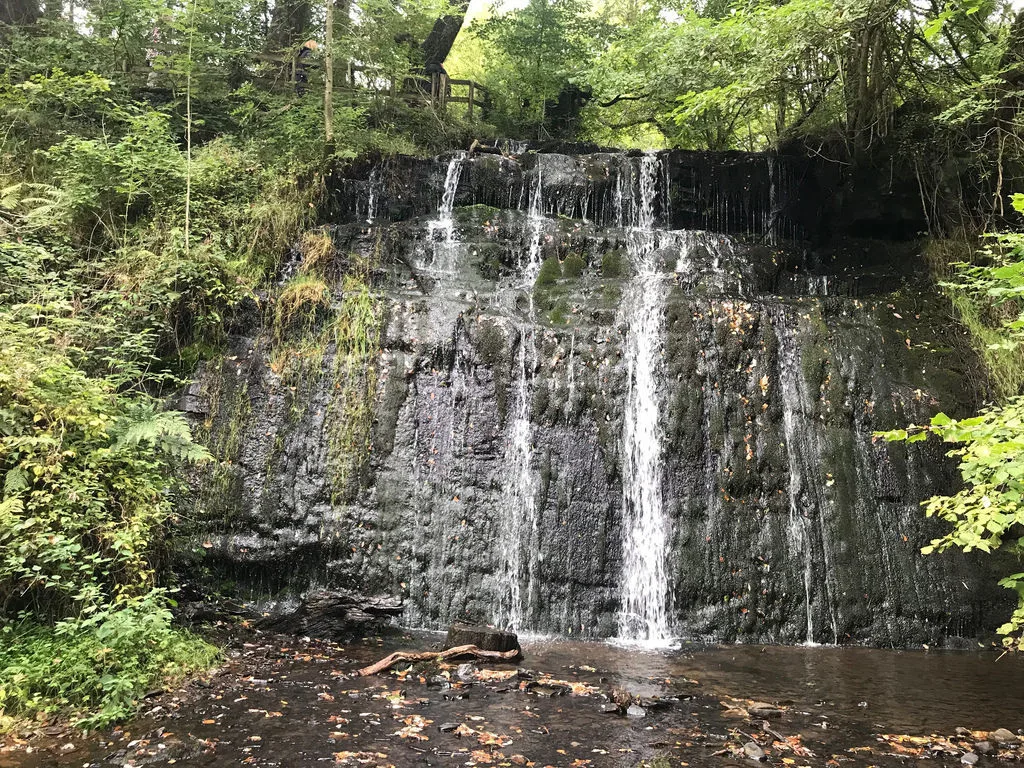
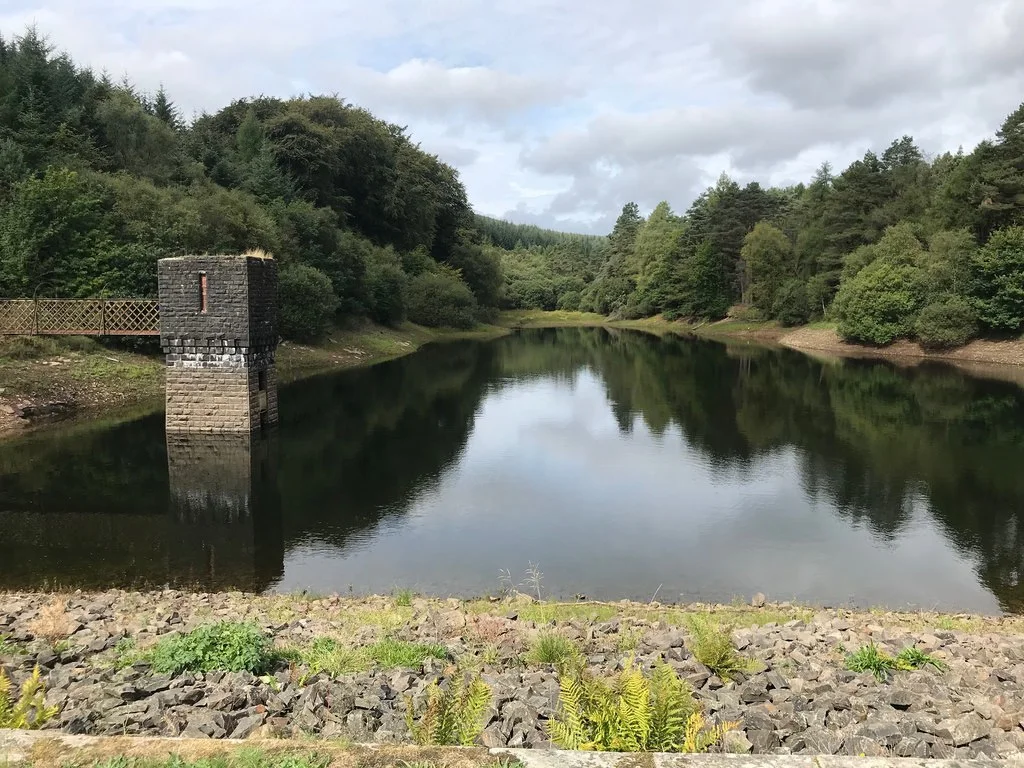
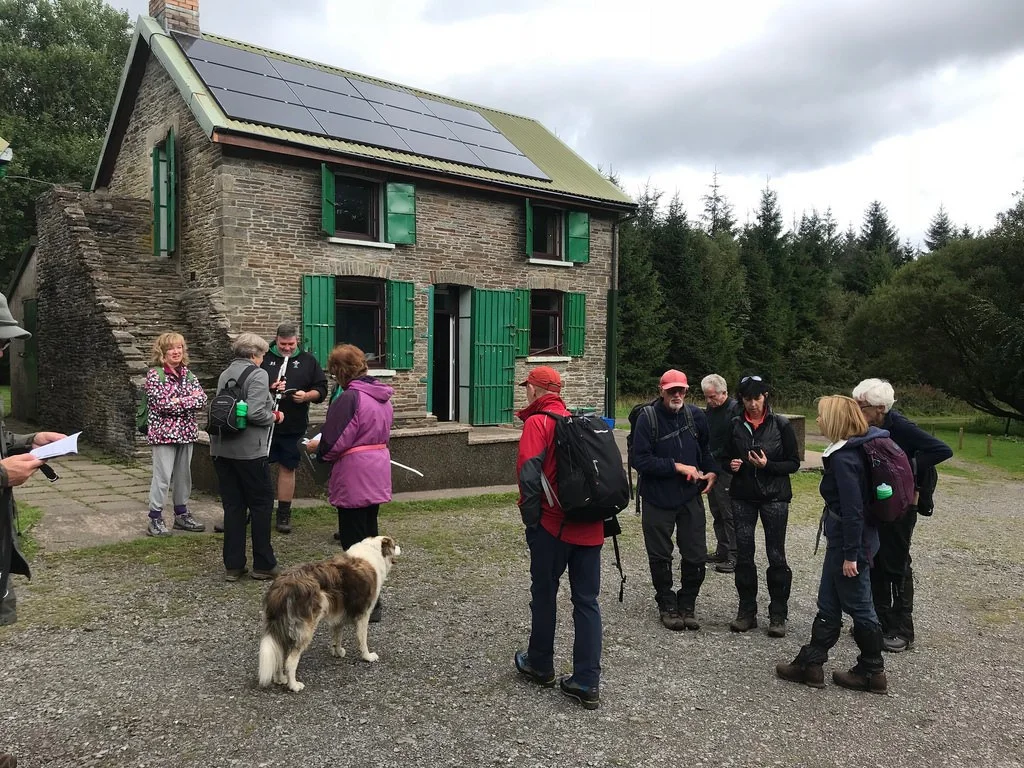

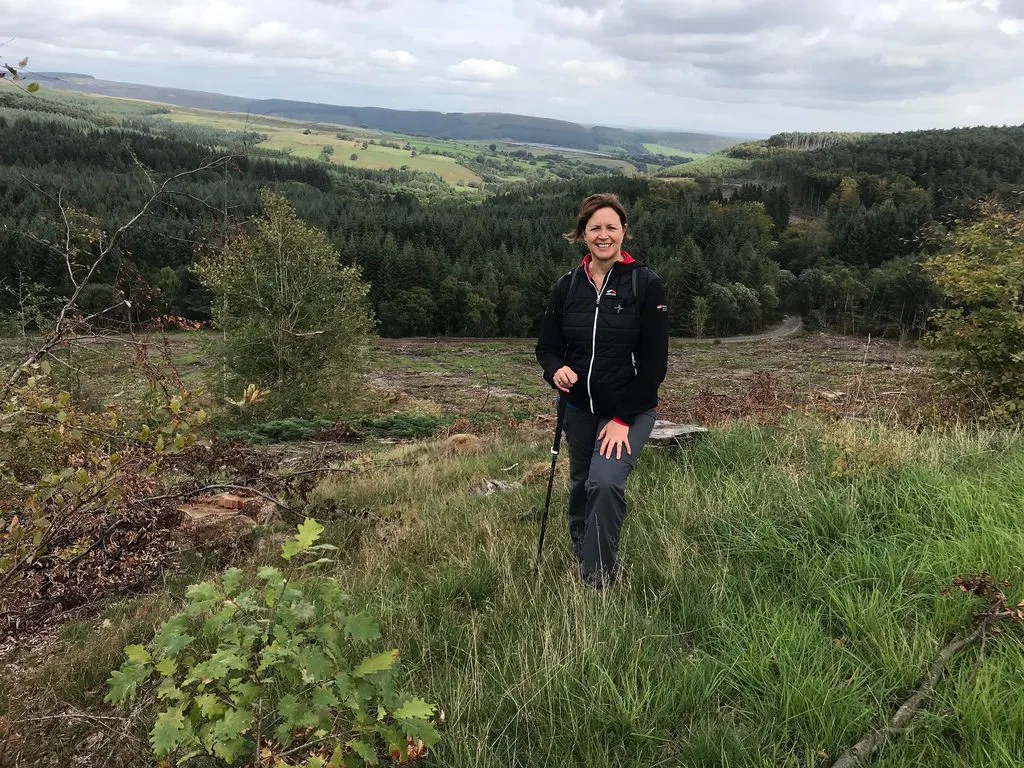
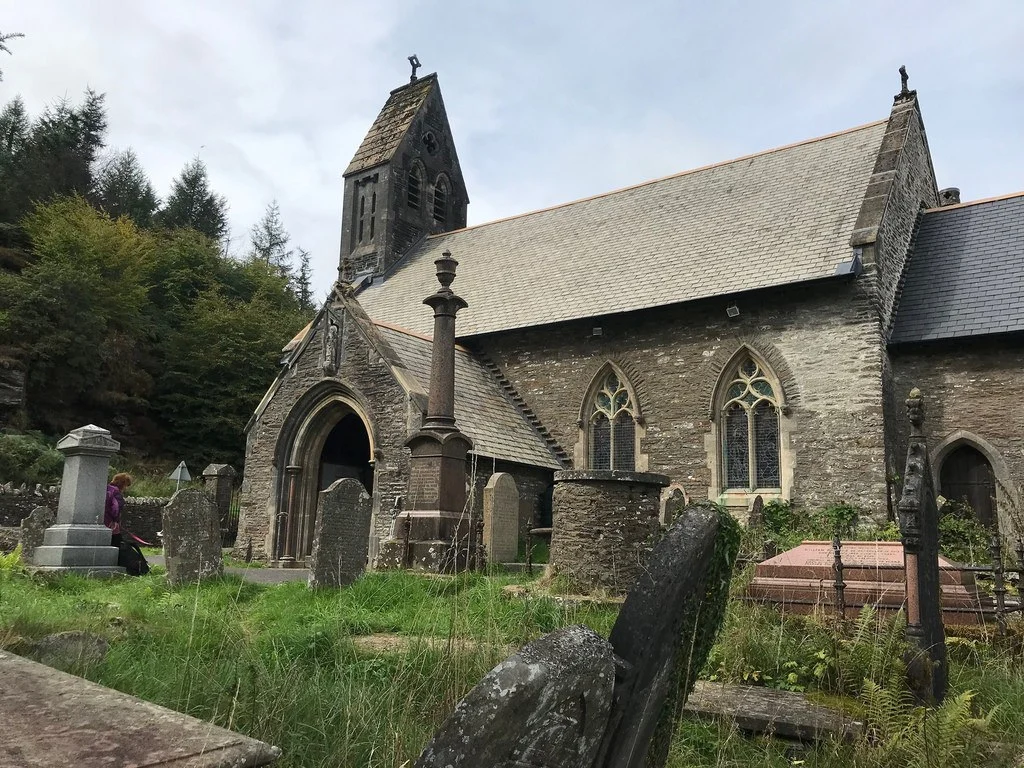
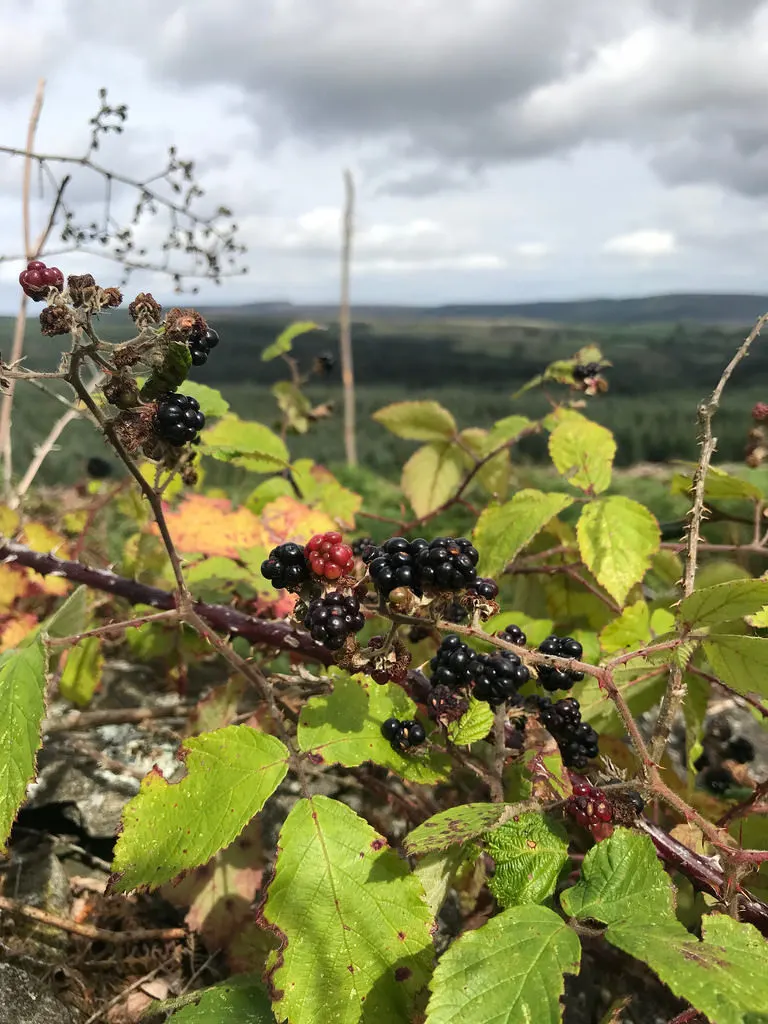
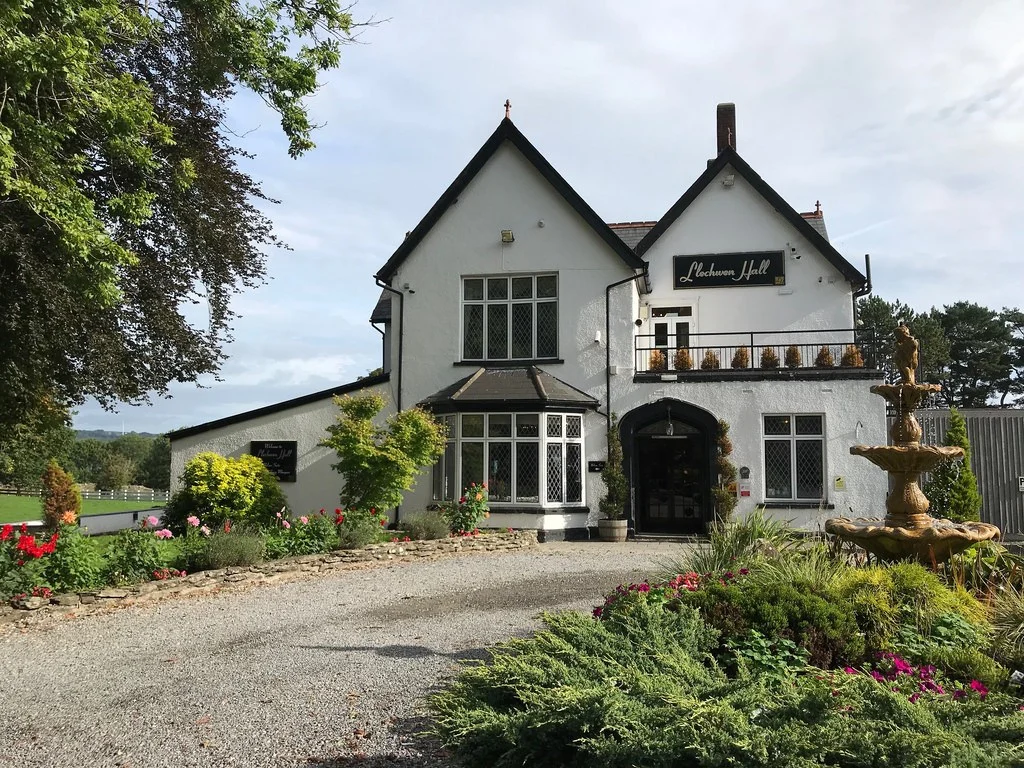
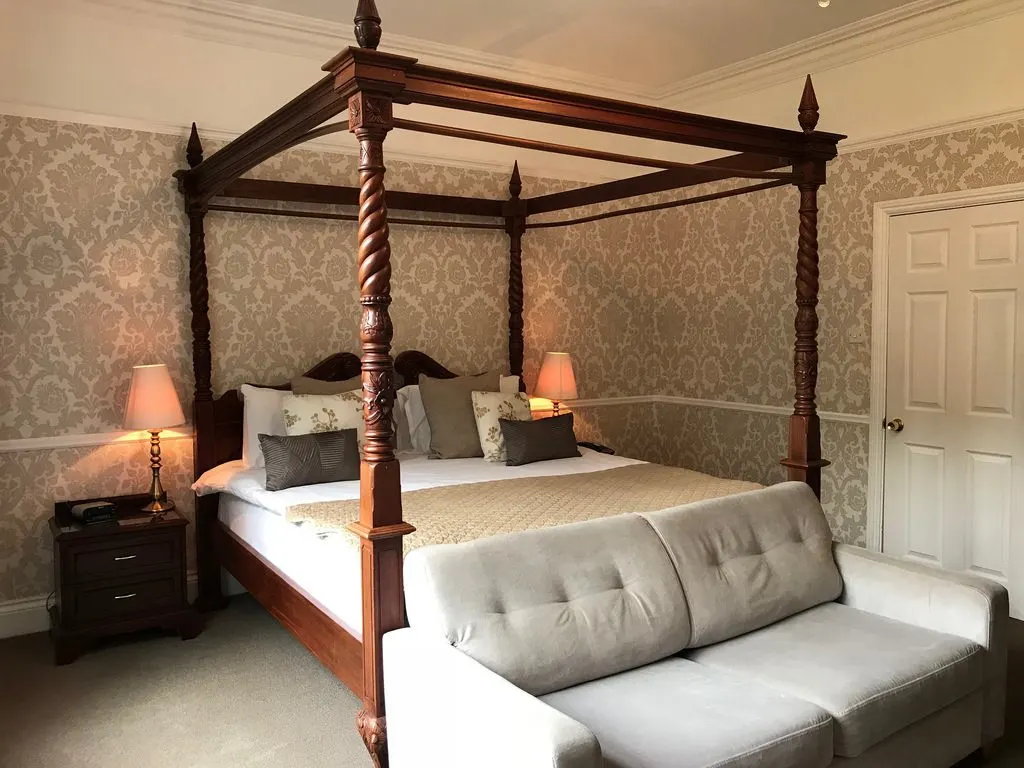

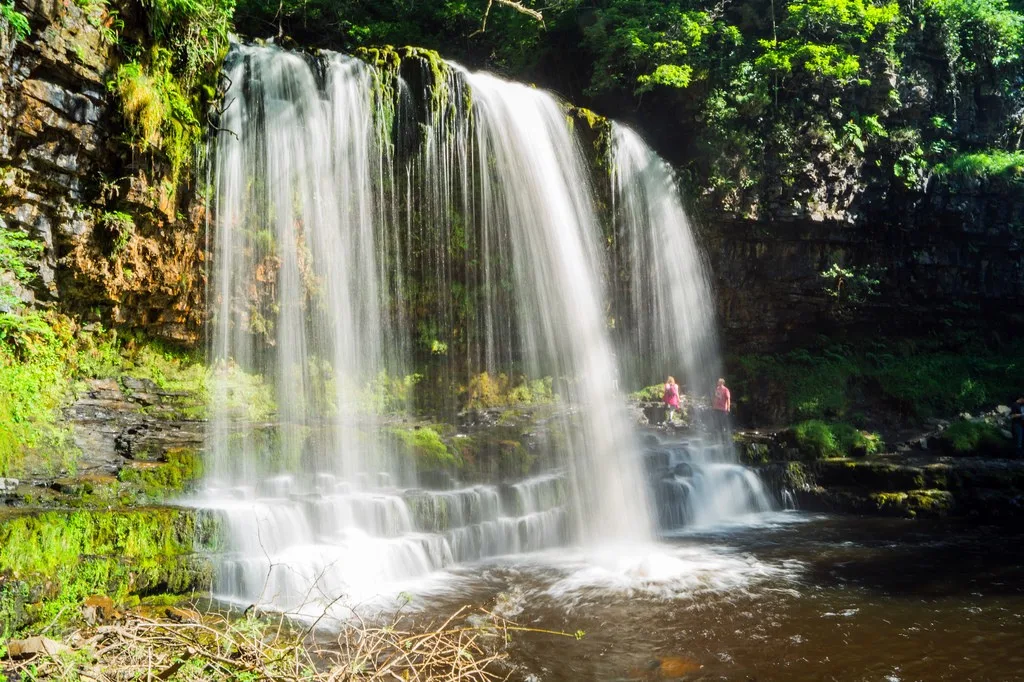
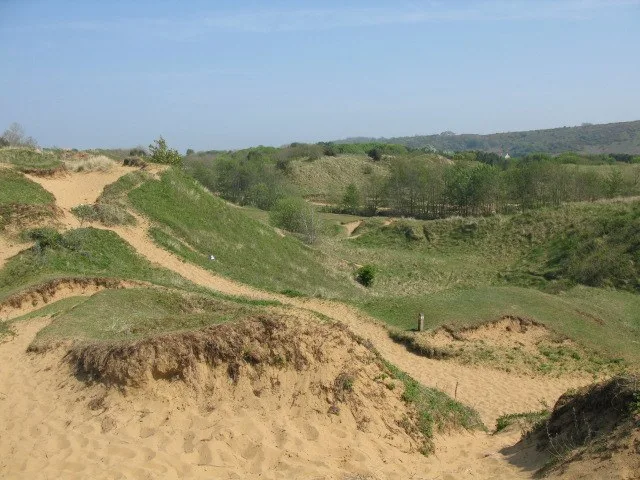
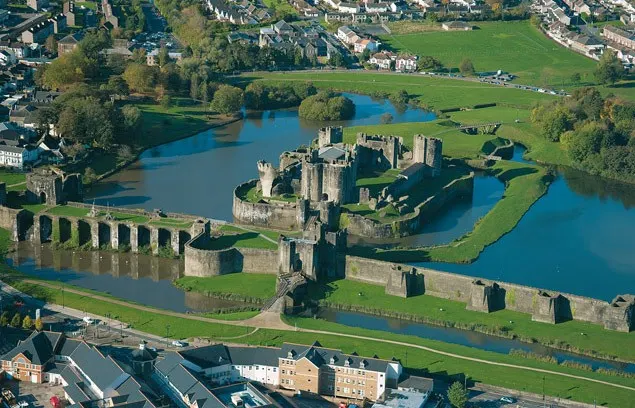
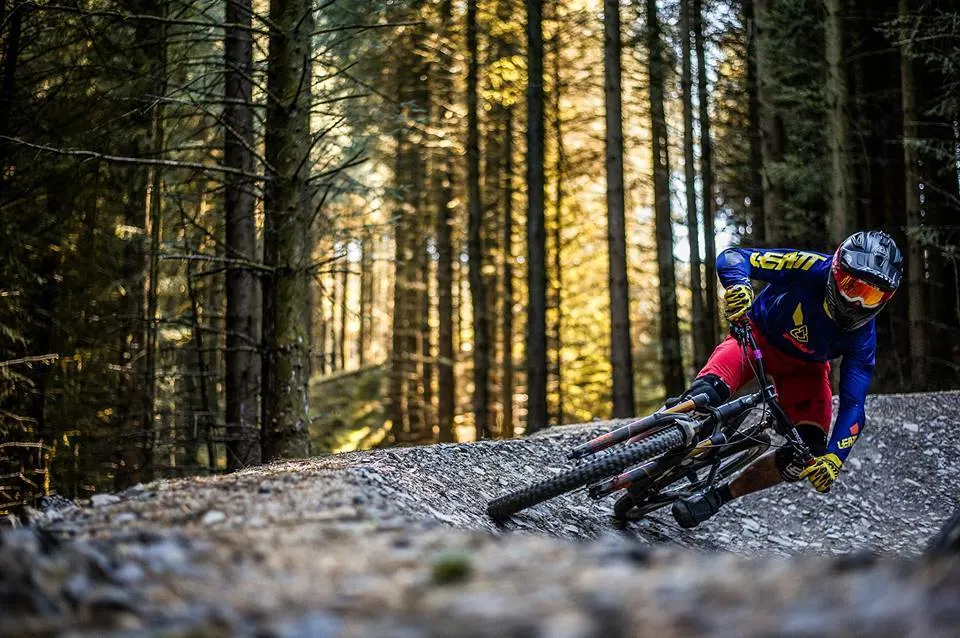
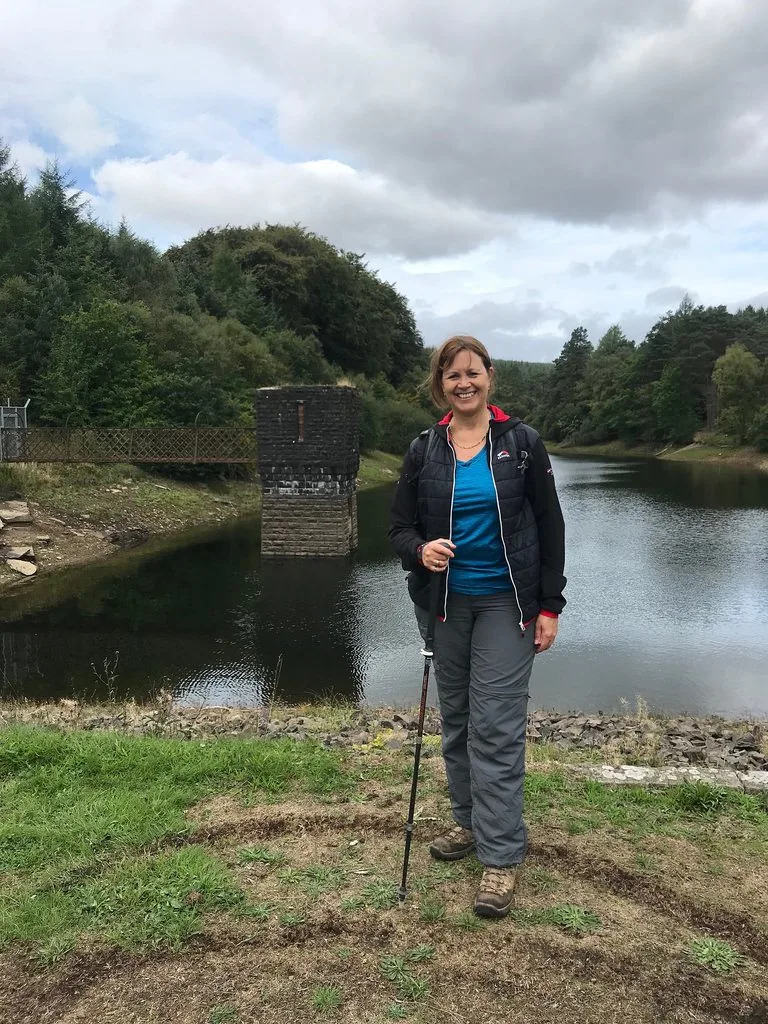

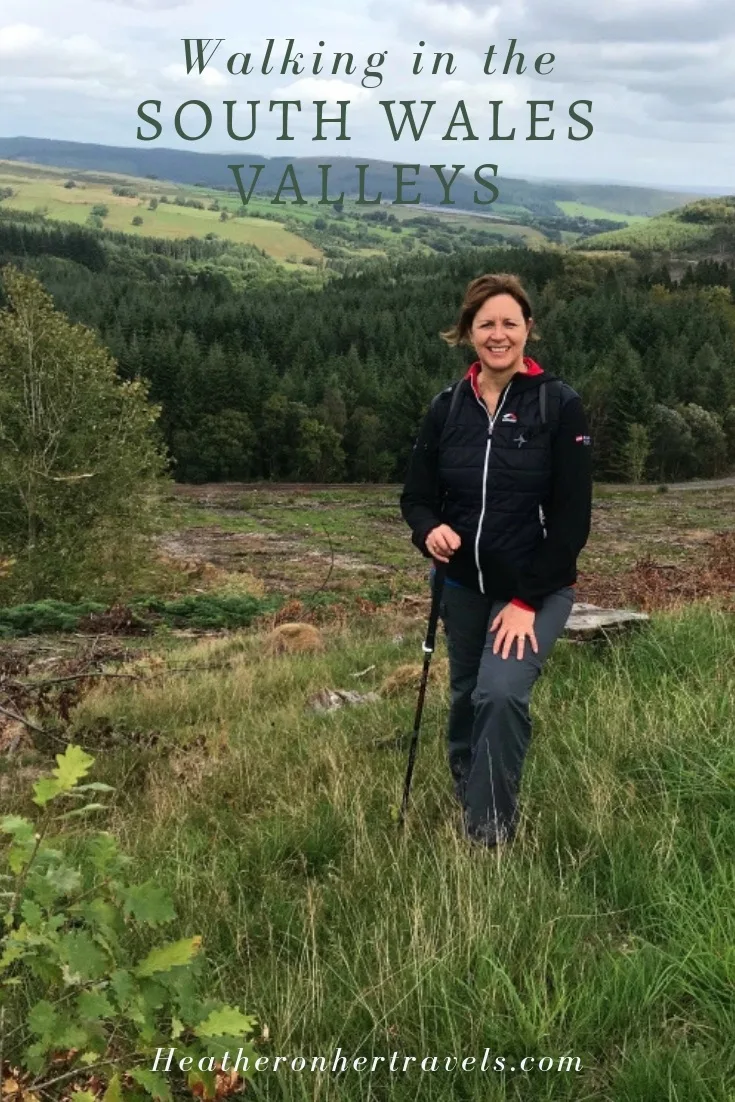

Kate
Wednesday 20th of February 2019
Walking in nature is my favourite "sport". I have never been to Wales but sounds like a great destination
Juan Ovalle
Sunday 23rd of September 2018
I've never heard of tours like this before. They sound very interesting and would love to look into it more.
Patti
Tuesday 18th of September 2018
Such beautiful scenery! I really enjoy hiking so it sounds like I need to visit South Wales.
Heather Cowper
Thursday 27th of September 2018
@Patti There are so many beautiful walks in the area!
Josephine
Monday 17th of September 2018
Thanks so much, Heather. This is a very entertaining post with amazing photos. I an outdoor enthusiast and I love walking in the forest, parks, hiking, etc. South Wales really have a beautiful landscape, I can see from the photos. Toadstool looks fantastic and the waterfall..... Great memories. I enjoy reading your blog. Thank you.
Heather Cowper
Thursday 27th of September 2018
@Josephine - thanks, hope you get back for some walking